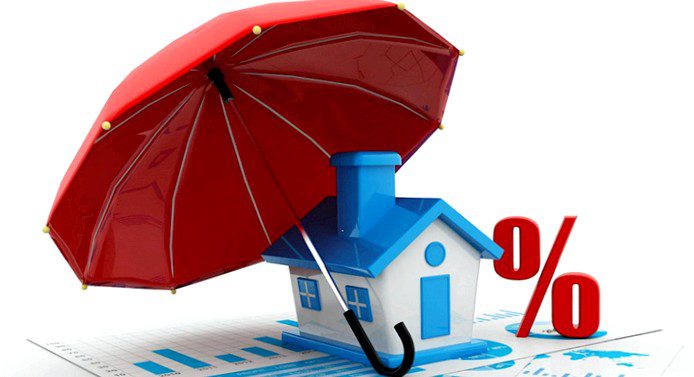
Bond investors have not been envious of 2022 so far. Except perhaps if they are involved in the covered bond market. Henrik Stille of Nordea Asset Management gave a presentation in Zurich on the extremely safe asset class and why active management makes the difference.
Covered bonds are one of the lesser known issues in the fixed income universe. Very wrongly, because they offer a unique combination of features: they are doubly collateralized by the issuer, usually a bank, and by the deposited pool of mortgages or public sector debt securities. These pools typically have ratings of A and AA, making some of them even safer than government bonds. In 200 years, there has never been a default in the covered bond market. At the same time, the yield is higher than government bonds and the volatility is comparably low.
Over the past ten years (as of the end of April 2022), investors in this asset class, as measured by the IBOXX Euro Covered Index, have been able to generate an annual return of 1.6% with volatility of 1.8%. "You can expect few surprises in the benchmark", said Henrik Stille, manager of Nordea's covered bond strategies, at a presentation in Zurich "active management is what makes the return in this market". For example, his team has generated a return of 2.9% per year over the same period, with virtually the same 1.9% volatility as the benchmark. Stille sees one success factor in the liquidity of the asset class, which has nearly 3 trillion euros outstanding: "We could buy corporate bonds from the same issuers that issue covered bonds, but only in the covered bonds do we have enough liquidity all the time so that we can actively take advantage of opportunities in the various market situations." The most important performance contribution in the portfolio, at around 60%, comes from credit spreads, while duration contributes around 7% to alpha.
In 2022, euro covered bond yields have risen 140 bps and spreads have widened relative to government bonds. In France, spreads are even higher than at the start of the pandemic, according to Stille. According to Stille, the current high prices of government bonds will return to normal and so will spreads. "The market has already priced in ECB rate hikes of 80 basis points", noted Stille. On the supply side, while Stille notes record covered bond issuance in the first quarter of 2022. Canada, in particular, has been very active in the market and has been responsible for half of the issuances in euro. For example, in March, the Bank of Montreal issued a bond of a record 2.75 billion. Euro issued. In net terms, however, Stille expected to be down 20bn in 2022. Euro, as more issues are repaid than new issues are made. Not only should tight supply support the market, but on the demand side we can expect more buying, especially from the ECB. 40 billion in 2022 alone. euros in covered bond purchases in 2022 and another 35bn in 2023. Euro, representing one third of the new issues.
Stille explained what active management can mean with reference to the development in the first four months of 2022: Measured against the index, the euro covered bond market declined by 6.2%. All three Nordea strategies outperformed the benchmark. The Covered Bond Opportunities strategy, which has a higher risk budget and can flexibly take advantage of market opportunities with a duration of -0.5 to 3, actually achieved a positive performance of 1.9% in this challenging market environment. Stille stressed that this is not an absolute return strategy.